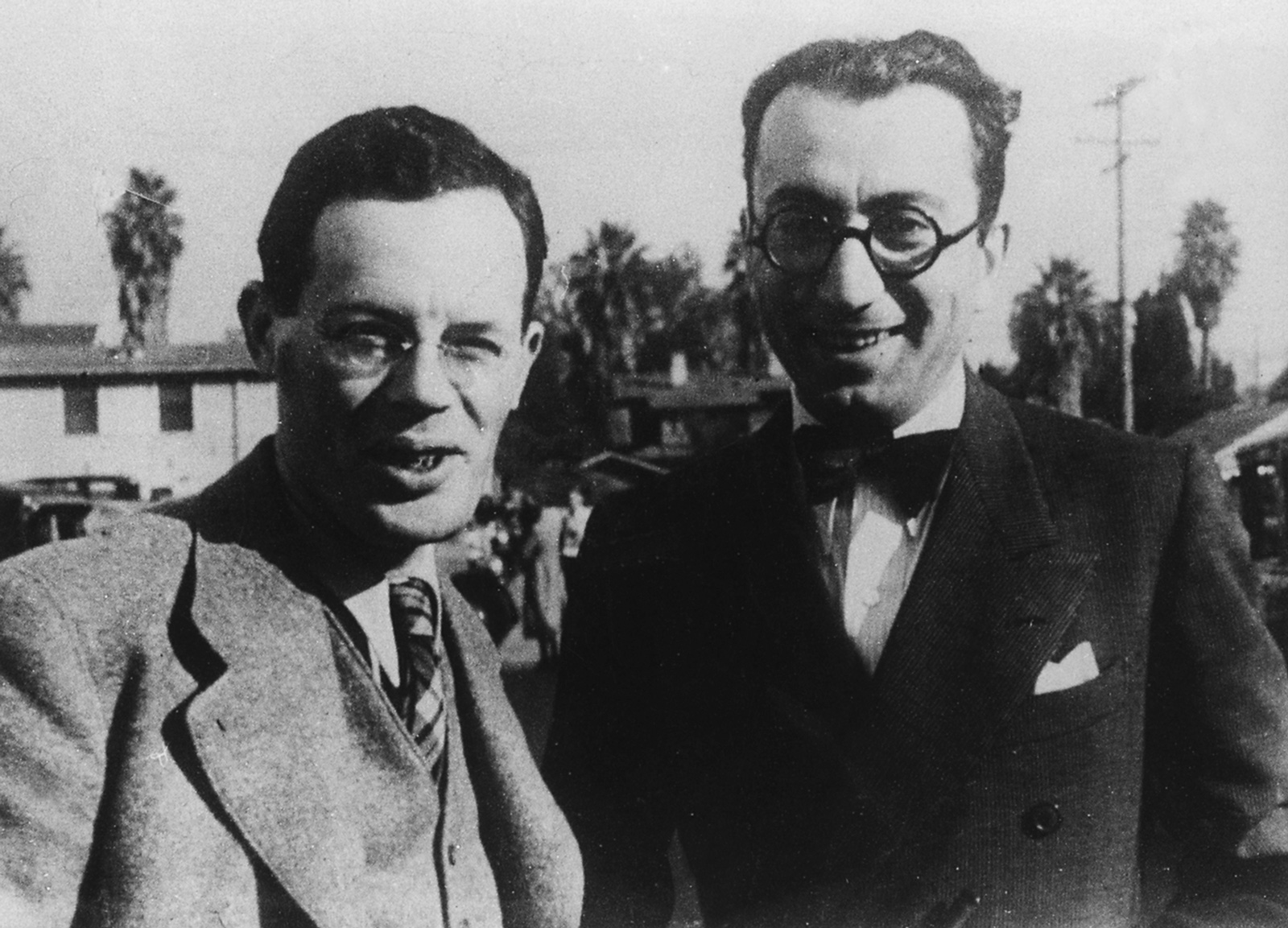The Business of Pleasure
Ilf and Petrov’s adventures in Americana
Lisa A. Kirschenbaum

In October 1935, the Odessa-born satirists Ilya Ilf (1897–1937) and Evgeny Petrov (1903–1942) set off on a road trip from New York to California and back. They were serving as special correspondents for Pravda, the official newspaper of the Central Committee of the Communist Party of the Soviet Union. During their two-month journey, they assembled material for literary sketches on everything from the American love of popcorn to the country’s conspicuous racial discrimination, while Ilf captured landscapes and portraits with his Leica. Not long after their return to the Soviet Union, they published a photo-essay in eleven installments in the popular Soviet magazine Ogonek titled “Amerikanskie fotografii” (American photographs), which Cabinet Books republished in 2007. In 1937, Ilf and Petrov released a book titled Odnoetazhnaia Amerika (“Low-Rise” or “One-Storied” America), a travel narrative that was translated into English as Little Golden America that same year. For decades after, Odnoetazhnaia Amerika served as one of the primary sources for Soviet readers to learn about the United States. In what follows, Lisa A. Kirschenbaum examines the first leg of Ilf and Petrov’s trip: their adventures in risqué New York nightlife, disillusionment with auto races, and reservations about “the American dreamworld of leisure and consumption.”
The Zulu ceremony continued for several hours. This is pornography mechanized to such an extent that it acquires a kind of industrial-factory character. There is as little eroticism in this spectacle as in the mass production of vacuum cleaners or adding machines.
—Ilya Ilf and Evgeny Petrov, “Low-Rise America”
The Hollywood Restaurant was the place to go in Times Square for glamour on the cheap. A huge venue accommodating a thousand patrons for dining, dancing, and socializing, the nightclub, founded before the end of Prohibition, pioneered a business model that revived New York nightlife during the Depression. There was no cover charge, and diners brought their own alcohol. They paid as little as $1.50 for dinner and a show in the early evening or $2.00 after the theaters let out.[1]
John Dos Passos, Ilf, and Petrov caught the early show, at seven o’clock. It is not clear whether they indulged in the extras—a table in front of the stage ($3.00) or ice and glasses for brown-bag booze ($1.00). The club’s four nightly performances featured low-budget “novelties” such as roller skaters and contortionists, which Ilf and Petrov’s account ignored. They focused on the main attraction: the nearly nude chorus girls in their late teens, chosen more for their looks than their talent.[2] Ilf and Petrov recorded that the “average New Yorker” found complete pleasure dancing to jazz, “eating a cutlet,” and admiring the chorines. In their capacity as careful observers, they saw the show and ate the dinner. But they separated themselves from the natives’ pleasure. “We were saddened,” they concluded, “by New York’s happiness.”[3]